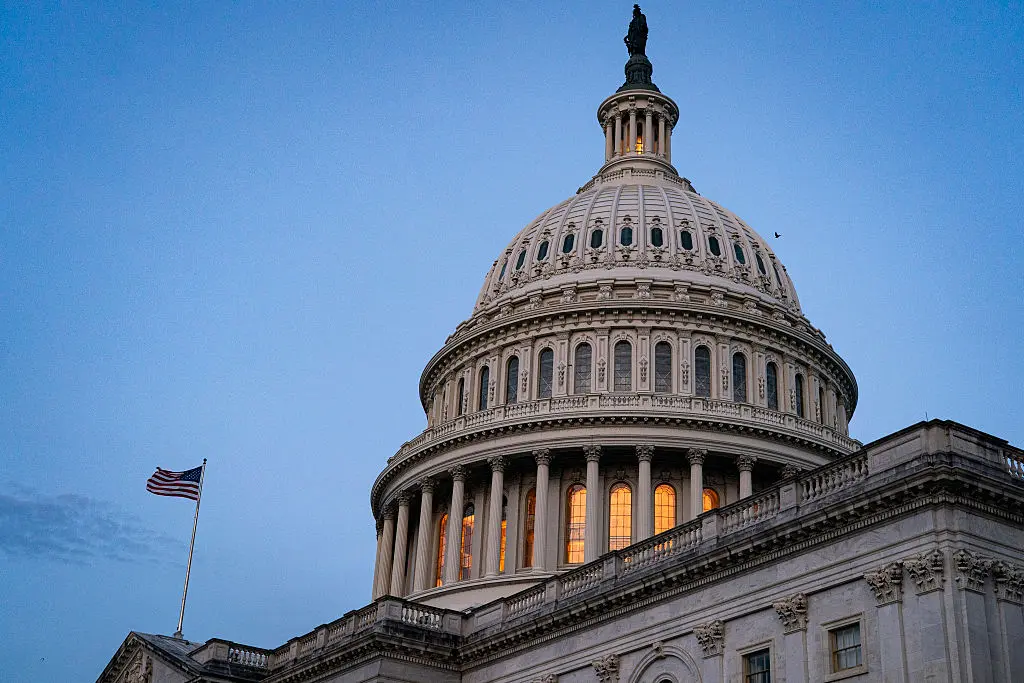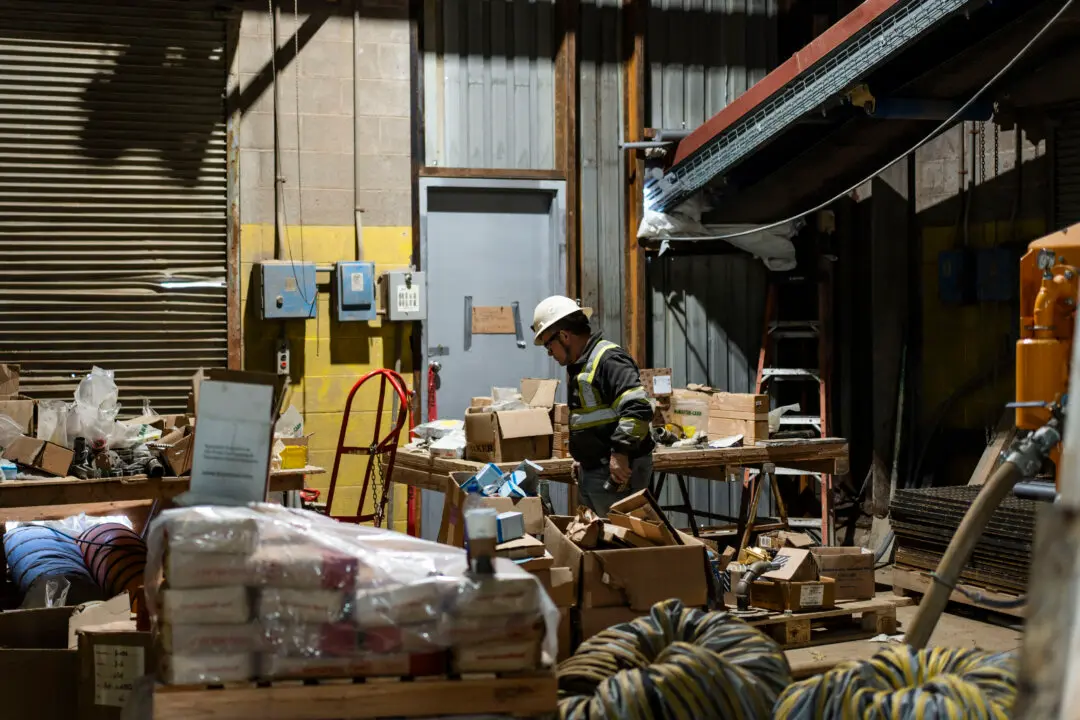Strong order growth in America’s manufacturing sector pushed the Institute for Supply Management’s (ISM) factory activity gauge above forecasts, though a measure of factory employment fell to a nine-month low as firms reported difficulties hiring workers.
At the same time, while the ISM’s prices paid by manufacturers gauge saw a decline in August, suggesting a softening of inflationary pressures, a separate factory activity report by data firm IHS Markit (pdf) recorded the fastest pace of inflation in the history of its series.





